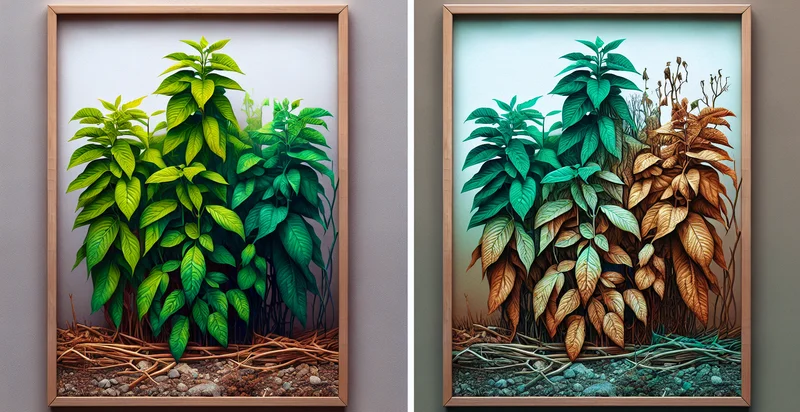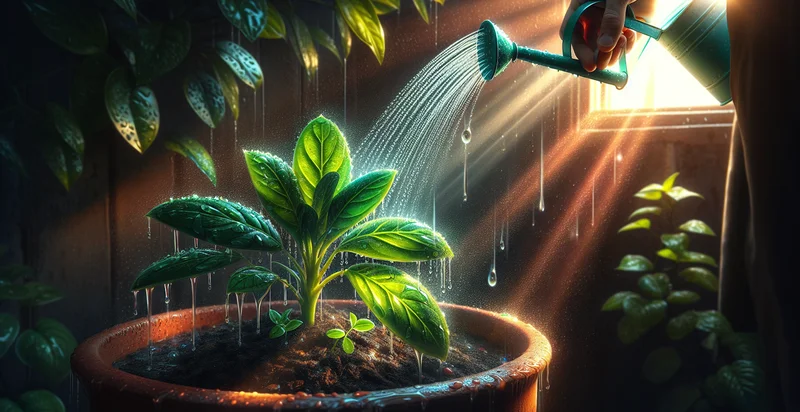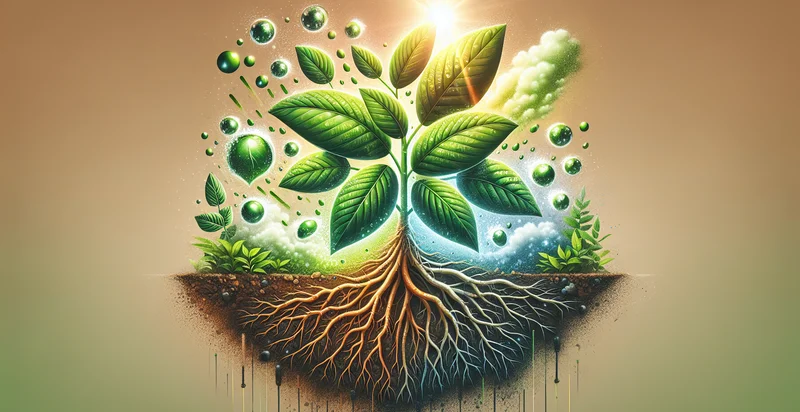Identify how dry a plant is
using AI
Below is a free classifier to identify how dry a plant is. Just upload your image, and our AI will predict how dry a plant is - in just seconds.

Contact us for API access
Or, use Nyckel to build highly-accurate custom classifiers in just minutes. No PhD required.
Get started
import nyckel
credentials = nyckel.Credentials("YOUR_CLIENT_ID", "YOUR_CLIENT_SECRET")
nyckel.invoke("how-dry-a-plant-is", "your_image_url", credentials)
fetch('https://www.nyckel.com/v1/functions/how-dry-a-plant-is/invoke', {
method: 'POST',
headers: {
'Authorization': 'Bearer ' + 'YOUR_BEARER_TOKEN',
'Content-Type': 'application/json',
},
body: JSON.stringify(
{"data": "your_image_url"}
)
})
.then(response => response.json())
.then(data => console.log(data));
curl -X POST \
-H "Content-Type: application/json" \
-H "Authorization: Bearer YOUR_BEARER_TOKEN" \
-d '{"data": "your_image_url"}' \
https://www.nyckel.com/v1/functions/how-dry-a-plant-is/invoke
How this classifier works
To start, upload your image. Our AI tool will then predict how dry a plant is.
This pretrained image model uses a Nyckel-created dataset and has 9 labels, including Dried Out, Dry, Moist, Overwatered, Slightly Moist, Underwatered, Very Dry, Very Wet and Wet.
We'll also show a confidence score (the higher the number, the more confident the AI model is around how dry a plant is).
Whether you're just curious or building how dry a plant is detection into your application, we hope our classifier proves helpful.
Related Classifiers
Need to identify how dry a plant is at scale?
Get API or Zapier access to this classifier for free. It's perfect for:
- Automated Irrigation Systems: This function can be integrated into smart irrigation systems to determine when to water plants. By assessing how dry a plant is, the system can optimize water usage, applying moisture only when necessary to conserve resources and promote healthy plant growth.
- Agricultural Yield Optimization: Farmers can use this function to monitor crop health throughout the growing season. By regularly assessing the dryness of plants, farmers can make informed decisions about irrigation needs, leading to higher crop yields and better resource management.
- Indoor Plant Care Apps: Develop an application for indoor plant enthusiasts that provides real-time assessments of plant dryness. Users can receive notifications and personalized care tips, helping them maintain their plants' health and prevent overwatering or underwatering.
- Greenhouse Management Systems: In commercial greenhouses, this function can be crucial for maintaining optimal growing conditions. By monitoring plant dryness levels, managers can adjust watering schedules and environmental controls proactively, resulting in more efficient operations and improved plant health.
- Remote Plant Monitoring for Research: Researchers studying plant biology can utilize this function to gather data on plant hydration levels in various environments. This information can lead to insights into plant resilience, adaptation mechanisms, and the impacts of climate conditions on agriculture.
- Retail Plant Quality Assessment: Garden centers and retailers can use this function to evaluate the hydration levels of plants before sale. By ensuring that plants are appropriately hydrated, retailers can improve customer satisfaction and reduce the likelihood of plant returns due to poor health.
- Home Gardening Education Tools: Educational tools and platforms for home gardeners can incorporate this function to teach users about proper watering techniques. By helping them understand when plants are dry and in need of moisture, these tools can foster better gardening practices and promote sustainable habits.


